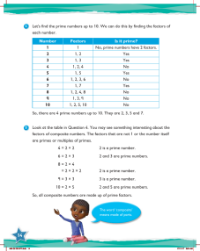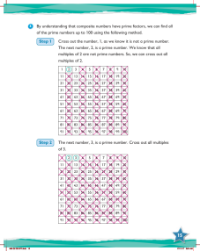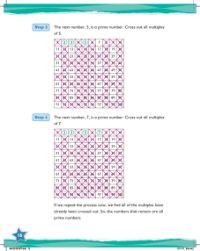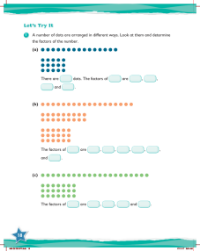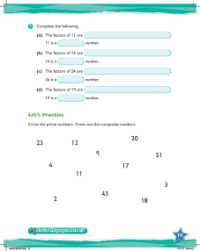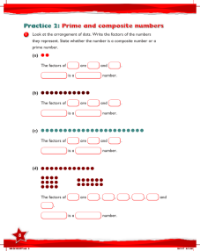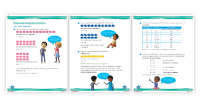Max Maths, Year 6, Learn together, Prime and composite numbers (1)
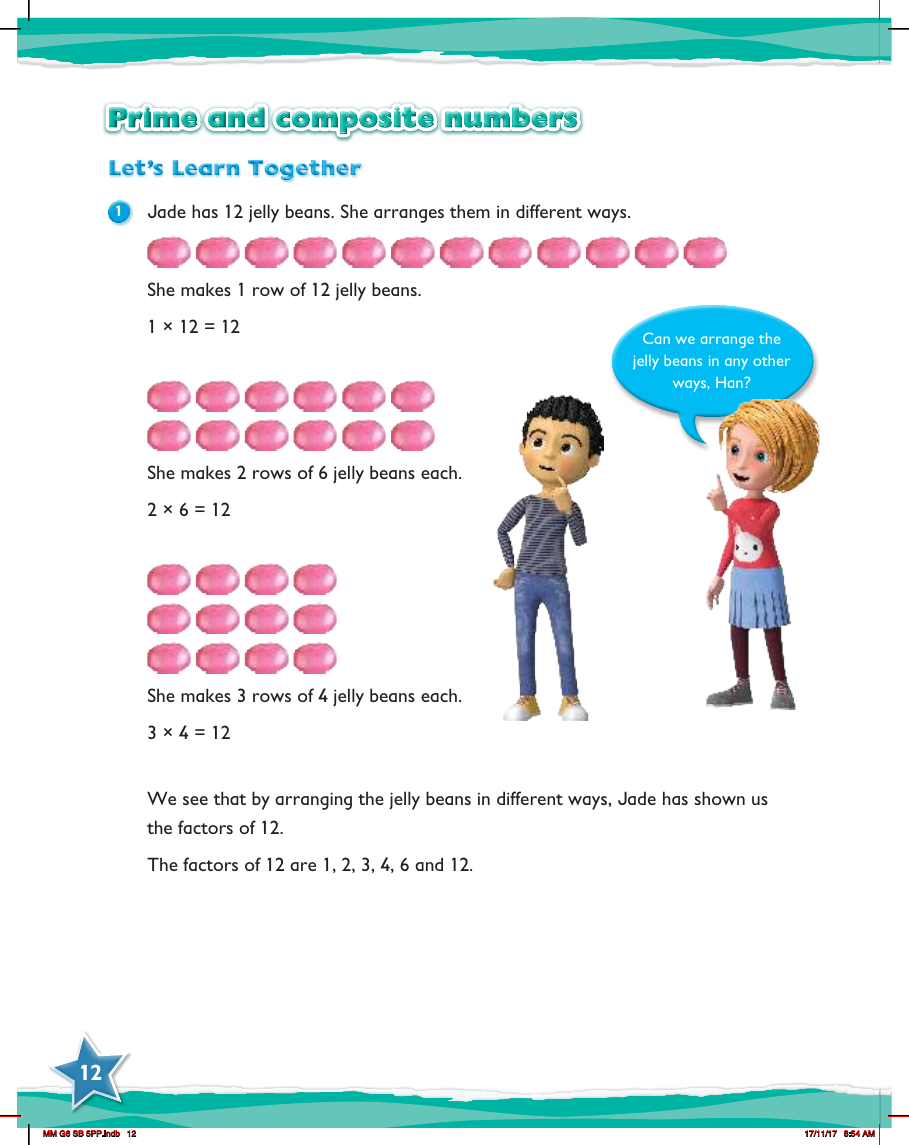
Maths Resource Description
In an engaging lesson from Max Maths for Year 6, students explore the concept of prime and composite numbers through a practical example involving jelly beans. Jade has a total of 12 jelly beans, and she starts to arrange them in various configurations to demonstrate the different factors of the number 12. Initially, she aligns all 12 jelly beans in a single row, representing the multiplication fact 1 times 12 equals 12. This simple arrangement highlights that one and twelve are factors of twelve.
Continuing with her exploration, Jade then creates two rows with 6 jelly beans in each, which corresponds to the multiplication of 2 times 6, again equalling 12. Further, she arranges the jelly beans into three rows of four, illustrating the multiplication of 3 times 4, which also gives the product of 12. Through these varied arrangements, Jade successfully identifies the factors of 12, which include 1, 2, 3, 4, 6, and 12. This hands-on activity not only makes the learning process interactive but also prompts students to think about other possible ways the jelly beans can be arranged, thereby deepening their understanding of factors and introducing them to the distinction between prime and composite numbers.

